When embarking on a new project, understanding how to effectively engage stakeholders is crucial for success. Stakeholder consultations play a vital role in gathering insights, building consensus, and ensuring that diverse perspectives are considered. However, for those new to this process, finding examples of well-executed consultation sessions can be challenging. This article explores where to locate examples of stakeholder consultations, offering guidance on how to analyze and adapt these models to your project. Whether you're seeking inspiration or practical frameworks, learning from real-world examples can provide valuable insights into structuring and facilitating meaningful stakeholder engagement.

Where to Find Examples of Stakeholder Consultations for Project Setup
1. Online Repositories and Case Studies
Many organizations and institutions publish case studies and reports that include detailed accounts of stakeholder consultations. Websites like the World Bank, United Nations, and OECD often provide examples of how consultations were conducted for various projects. These resources can offer insights into the structure, methodology, and outcomes of such sessions.
| Resource | Description |
|---|---|
| World Bank | Provides detailed case studies on stakeholder engagement in development projects. |
| United Nations | Offers examples of consultations in sustainability and humanitarian projects. |
| OECD | Shares best practices and case studies on public consultations. |
2. Government and Public Sector Websites
Government agencies often document their stakeholder consultation processes as part of transparency initiatives. For example, the UK Government and US Federal Agencies provide archives of consultations related to policy-making and infrastructure projects. These examples can help you understand how public sector consultations are organized and executed.
See Also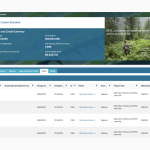 Can Individuals Own Carbon Credits on a Registry or Sub-Registry Account?
Can Individuals Own Carbon Credits on a Registry or Sub-Registry Account?| Resource | Description |
|---|---|
| UK Government | Archives of public consultations on policies and projects. |
| US Federal Agencies | Examples of stakeholder engagement in federal projects. |
3. Academic Journals and Research Papers
Academic journals often publish research on stakeholder engagement methodologies. Platforms like Google Scholar or JSTOR can be valuable for finding peer-reviewed articles that include examples of consultations. These papers often provide theoretical frameworks and practical insights.
| Resource | Description |
|---|---|
| Google Scholar | Search for academic papers on stakeholder consultations. |
| JSTOR | Access to peer-reviewed articles on engagement strategies. |
4. Professional Networks and Forums
Platforms like LinkedIn or specialized forums such as ProjectManagement.com often have discussions and shared resources on stakeholder consultations. Engaging with professionals in these communities can provide real-world examples and practical advice.
| Resource | Description |
|---|---|
| Join groups focused on project management and stakeholder engagement. | |
| ProjectManagement.com | Forums and articles on best practices for consultations. |
5. Consulting Firms and Industry Reports
Many consulting firms publish white papers and reports that include examples of stakeholder consultations. Firms like McKinsey, Deloitte, and PwC often share insights into how they conduct consultations for their clients. These reports can be a goldmine of information on best practices.
See Also Is the Whole Industry Scammy? Feels Very Scammy. How to Make It Less So?
Is the Whole Industry Scammy? Feels Very Scammy. How to Make It Less So?| Resource | Description |
|---|---|
| McKinsey | White papers on stakeholder engagement strategies. |
| Deloitte | Reports on consultations in various industries. |
| PwC | Case studies on stakeholder engagement in corporate projects. |
What methods can you use to consult stakeholders?
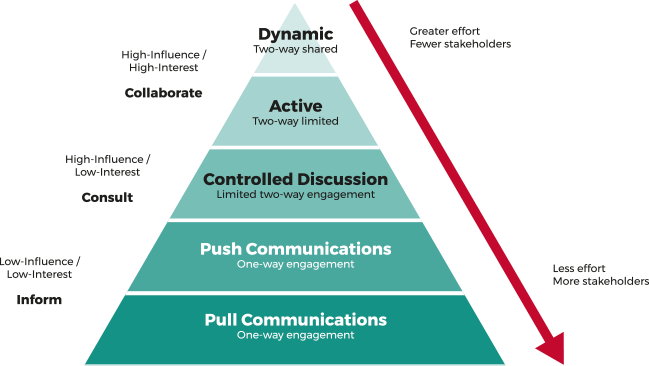
Surveys and Questionnaires
Surveys and questionnaires are one of the most common methods to consult stakeholders. They allow for the collection of quantitative and qualitative data from a large group of stakeholders efficiently. This method is particularly useful when stakeholders are geographically dispersed.
- Design clear and concise questions to avoid ambiguity.
- Use online tools like Google Forms or SurveyMonkey for easy distribution and analysis.
- Ensure the survey is accessible to all stakeholders, including those with disabilities.
Interviews
Interviews provide an opportunity to gather in-depth insights from stakeholders. This method is ideal for understanding complex issues or when detailed feedback is required.
See Also Developing Carbon Credits From Southern United States Pine Plantations
Developing Carbon Credits From Southern United States Pine Plantations- Prepare a structured set of questions to guide the conversation.
- Conduct interviews in a neutral setting to encourage open communication.
- Record the interviews (with consent) for accurate analysis later.
Focus Groups
Focus groups involve bringing together a small group of stakeholders to discuss specific topics. This method is effective for generating diverse perspectives and fostering collaborative discussions.
- Select a diverse group of stakeholders to ensure varied viewpoints.
- Use a skilled moderator to facilitate the discussion and keep it on track.
- Provide a comfortable environment to encourage participation.
Workshops
Workshops are interactive sessions where stakeholders can engage in hands-on activities and discussions. This method is particularly useful for problem-solving and brainstorming.
- Define clear objectives for the workshop to keep it focused.
- Use visual aids like whiteboards or slides to enhance understanding.
- Encourage active participation from all attendees.
Public Meetings
Public meetings are formal gatherings where stakeholders can voice their opinions and concerns. This method is often used for transparency and to build trust with the community.
- Announce the meeting well in advance to ensure maximum attendance.
- Provide an agenda to keep the meeting organized and on topic.
- Allow time for Q&A sessions to address stakeholder concerns directly.
How would you go about planning a stakeholder consultation?
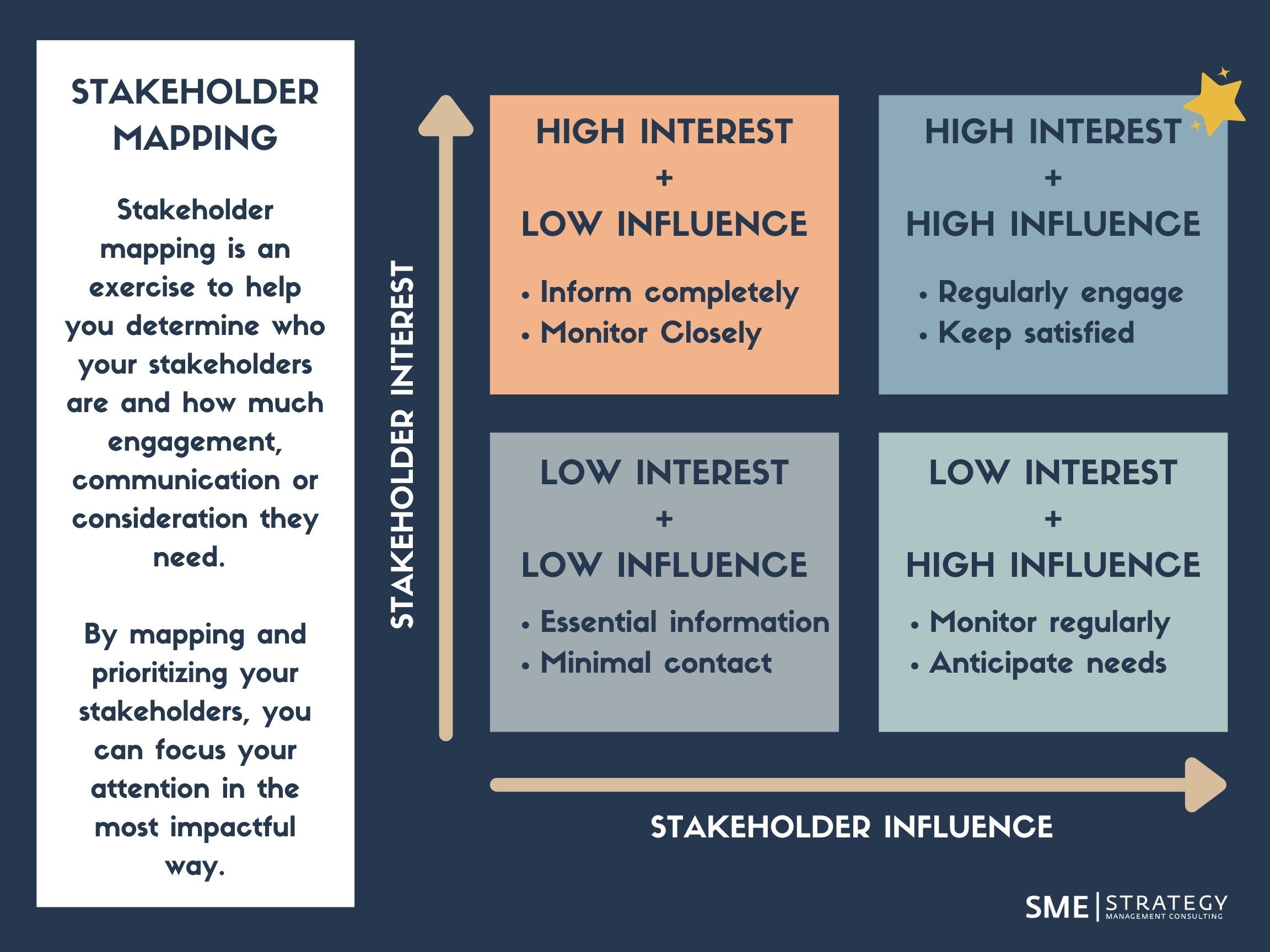
Identifying Key Stakeholders
To begin planning a stakeholder consultation, the first step is to identify key stakeholders who have a vested interest in the project or decision. This involves:
- Listing all potential stakeholders, including internal and external parties such as employees, customers, suppliers, regulators, and community groups.
- Categorizing stakeholders based on their level of influence and interest in the project.
- Prioritizing stakeholders to ensure that the most critical voices are heard during the consultation process.
Defining Consultation Objectives
Once stakeholders are identified, the next step is to define clear objectives for the consultation. This includes:
- Outlining the purpose of the consultation, such as gathering feedback, building consensus, or addressing concerns.
- Setting specific goals to measure the success of the consultation, such as the number of participants or the quality of feedback received.
- Aligning objectives with the overall project or organizational goals to ensure relevance and impact.
Choosing the Right Consultation Methods
Selecting appropriate methods for stakeholder consultation is crucial to ensure effective communication and engagement. This involves:
- Evaluating different methods, such as surveys, focus groups, interviews, workshops, or public forums.
- Considering stakeholder preferences and accessibility to choose methods that are inclusive and convenient.
- Balancing resources and time constraints to select methods that are feasible and efficient.
Developing a Communication Plan
A well-structured communication plan is essential to keep stakeholders informed and engaged throughout the consultation process. This includes:
- Creating a timeline for communication activities, such as announcements, reminders, and follow-ups.
- Choosing communication channels, such as emails, social media, newsletters, or in-person meetings, based on stakeholder preferences.
- Ensuring transparency by providing clear and consistent information about the consultation process and its outcomes.
Analyzing and Reporting Feedback
After gathering stakeholder input, the final step is to analyze and report the feedback to inform decision-making. This involves:
- Organizing feedback into themes or categories to identify common concerns, suggestions, or trends.
- Summarizing findings in a comprehensive report that highlights key insights and recommendations.
- Sharing results with stakeholders to demonstrate that their input has been valued and considered in the decision-making process.
Frequently Asked Questions (FAQ)
Where can I find examples of stakeholder consultations for project setup?
Stakeholder consultation examples can often be found in project management resources, such as government websites, NGOs, or international organizations like the World Bank or United Nations. These organizations frequently publish detailed reports and case studies that include consultation processes and outcomes. Additionally, academic journals and university libraries may provide access to real-world examples of stakeholder engagement sessions.
Are there templates or frameworks available for stakeholder consultations?
Yes, many templates and frameworks are available online to guide you through the process of conducting stakeholder consultations. Websites like the International Association for Public Participation (IAP2) or Project Management Institute (PMI) offer structured approaches and tools. These resources often include step-by-step guides, sample agendas, and best practices to ensure effective engagement with stakeholders.
How can I ensure my stakeholder consultations are effective?
To ensure effective stakeholder consultations, it’s crucial to define clear objectives, identify all relevant stakeholders, and use appropriate communication methods. Providing transparent information and creating an inclusive environment where all voices are heard can significantly improve the quality of the consultation. Additionally, documenting feedback and demonstrating how it influences the project can build trust and long-term engagement.
Can I learn from past stakeholder consultation sessions?
Absolutely. Reviewing past stakeholder consultation sessions can provide valuable insights into what worked well and what didn’t. Look for case studies or reports from similar projects to understand the challenges and successes. Analyzing these examples can help you refine your approach, avoid common pitfalls, and adopt proven strategies for engaging stakeholders effectively.
Leave a Reply
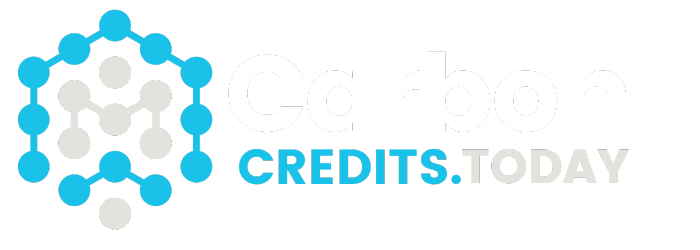
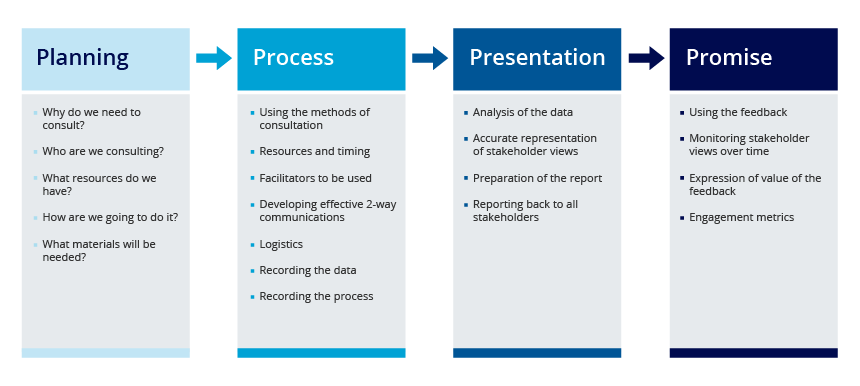
Our Recommended Articles